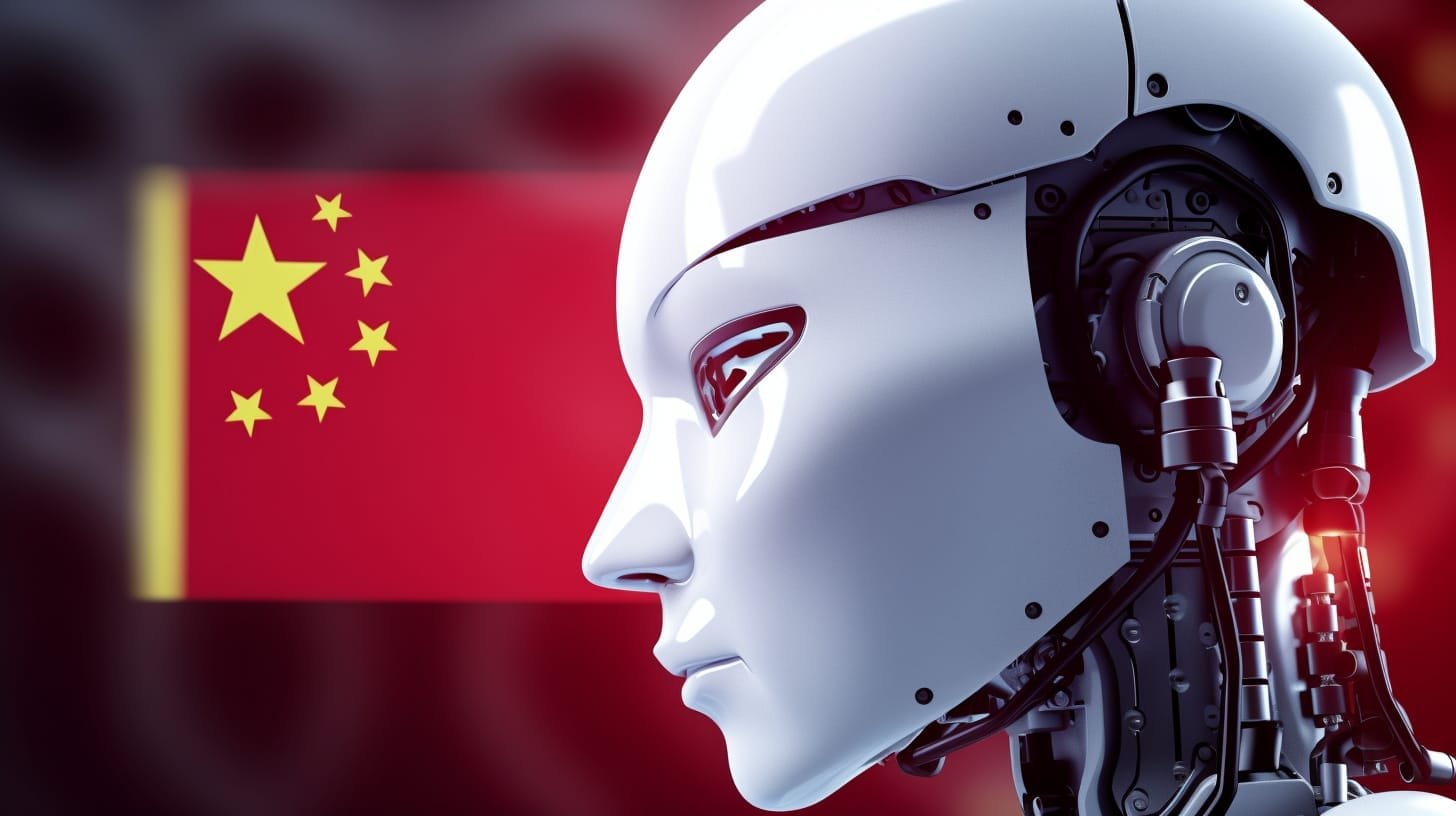
At APEC 2025, Xi Jinping proposed a global AI cooperation body to regulate and guide international AI development.
The Core Point of the Proposal
Chinese President Xi Jinping, at the 2025 Asia-Pacific Economic Cooperation (APEC) meeting, asserted the need for a World Artificial Intelligence Cooperation Organization (WAICO) or a similar global body in the field of artificial intelligence (AI) to establish rules for the use, development, and global governance of AI. He stated that AI should be viewed as a “public good for the international community,” benefiting people in all countries and regions However, China has suggested that this governing body could potentially be headquartered in Shanghai.
Why the Proposal Came About
China is increasingly competing with Western firms like OpenAI and DeepMind, and with the US-led AI policy, in the technology race. China has also adopted a policy of self-reliance Furthermore, China argues that current AI governance is highly fragmented, with different national frameworks creating disparate rules, leading to a lack of global coordination A comprehensive body is necessary to address this deficiency Additionally, this proposal allows China to position itself as a leader in AI governance, particularly in the Asia-Pacific region where it will host APEC in 2026.
US Reaction and Position
The US has not immediately endorsed the proposal for such an international governing body and has adopted a much more lightly regulated approach to AI For example, the emphasis on deregulation in US policy contrasts with China’s approach, creating a policy divergence between the two countries the US is moving towards a more open and competitive AI strategy, while China is proposing global regulation and coordination, along with a specific proposal for an international body If such a body were established it could facilitate global coordination in AI development standards, data sharing policies, and open and inclusive models It could also provide developing countries with opportunities to connect with AI technology, talent, and resources, thereby reducing technological inequalities Furthermore, it would give China an opportunity to present its technological and regulatory strategy on a global platform, allowing it to set a new paradigm in technology governance.
Challenges to the Proposal
Credibility and Leadership Questions Who will lead this body, and how will decisions be made? These aspects remain unclear National Sovereignty vs Global Regulation Many countries will be concerned that their national interests and regulatory autonomy will not be compromised by such a body Participation of the US and other developed countries If the US and other technologically powerful countries do not adopt this proposal, its effectiveness may be limited Human Rights, Civil Liberties, Privacy, and Ethics Balancing these complex aspects will be essential in AI governance
The Indian Perspective
India has indicated a cautious approach to this proposal meaning it is open to it but not yet fully committed Nevertheless, this presents an opportunity for India to participate in such global regulatory dialogues to ensure that the voices and perspectives of developing countries are heard Furthermore, India must ensure that its national AI policy, data policy, and technological capabilities remain robust within this global context Regarding AI observation of the human brain, researchers have conducted experiments attempting to translate brain activity into words or thoughts using machine learning and neuroimaging techniques For example, in research at the University of Texas at Austin, three participants underwent fMRI scanning while listening to a story, and a custom GPT model attempted to translate their brain signals into words—but this was only at the level of “meaning or emotion not complete thoughts The accuracy ranged from 72-82%.
AI Observation of the Human Brain
This means: AI systems or machine learning models are attempting to read human brain signals (such as EEG, fMRI, MEG) to infer what a person is thinking, hearing, or what image they are seeing While this is not yet fully “mind-reading it is in the early stages of development as “brain-activity-to-text/word translation For example, the accuracy in decoding imagined speech” is still quite low (≈ 41-74%) There are also limitations and caveats: this technology is not yet widely available globally and is often at the laboratory level What constitutes a thought and what its corresponding signal is in the brain, is not fully understood The brain is incredibly complex Furthermore, concerns arise regarding data privacy, misuse of brain data, human autonomy, and ethical questions
The Relationship Between the Human Brain and AI
If a system were developed in the future that could generate language thoughts or images solely from brain signals there would be tremendous opportunities for communication medicine and assistive technologies for people with disabilities However this would also raise issues such as privacy, human rights and human control Furthermore, AI that can understand or infer human moods or thoughts As AI moves towards mind reading it also raises the question of the nature of the human brain and mind is AI simply making inferences or truly “reading mental states?
The Relationship Between China’s AI Policy and Neuro-AI Development
When we consider the two topics above China’s global AI body proposal and AI-human brain observation—together, the following points emerge For a technological superpower like China, both aspects are strategically important increasing influence in global AI governance and investing in the field of AI-neuroscience and human-brain data Furthermore, if AI-brain-data categories are developed, the question of global technological governance will become even more complex requiring new dialogues between developing countries, developed countries, and human rights groups China’s proposed global AI body may also include such “new data types new surveillance possibilities and new ethical questions which other countries will want to understand thoroughly Therefore, it is time for India and other developing countries to engage in AI governance neuro-IT policy, and human-centric technological development so that they are not merely consumers of technology but active participants.
In Conclusion
China’s proposal to establish a global AI governing body is a significant step that could transform the AI development and governance landscape Globally, this means that AI is no longer just a matter of technological competition but also of regulation, data sharing, human-centric development, and multilateral cooperation Meanwhile, the direction of human-brain data and AI-brain observation indicates that AI is now moving beyond just software and towards data-driven technology related to the human brain. Amidst these changes, it is crucial for countries like India to be active strategic participants, not just observers, in order to balance technological planning, human interests, and global engagement.




